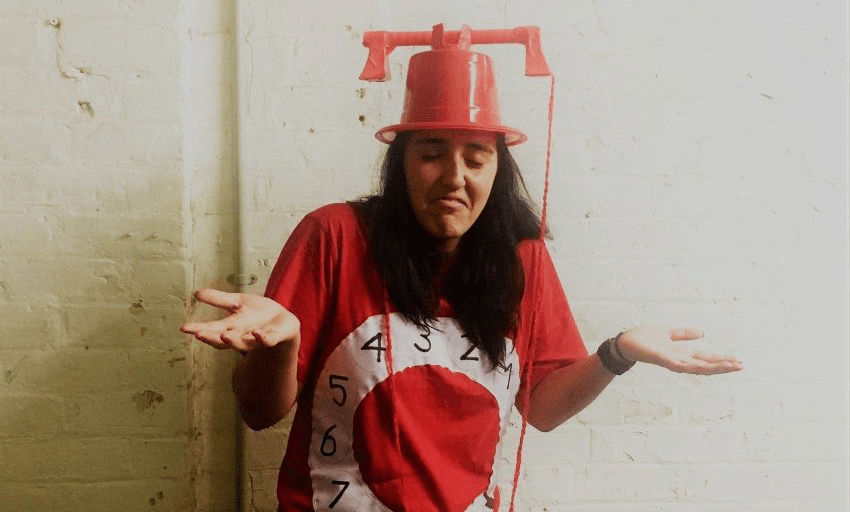After a 10-week hiatus, Colmar Brunton’s poll for TVNZ is revealed on Sunday morning, and mobiles are being surveyed alongside landlines for the first time.
It seems a long time since those heady days of early spring, when we were drunk on polls. But after the enforced sobriety post-election – well, there was that one Roy Morgan result – TVNZ1 is presenting the hair of the dog on Sunday, with its first poll for 10-odd weeks.
And it’s Christmas for methodology lovers. The TVNZ pollster, Colmar Brunton, has spiked the “but landlines” guns by switching half of its sample to mobile phones. “With mobiles included this really is a new poll and a new era for us and our polling partners,” writes TVNZ political editor Corin Dann. What he’s trying to say is Innovative And Groundbreaking.
Speaking of Newshub, the other major broadcaster poll, conducted by Reid Research, already attempts to account for the gradual obsolescence of the landline by conducting 25% of its polling via the internet.
But what to look for on Sunday morning? (They’re doing the headline numbers on Q&A rather than the usual 6pm reveal.)
Typically a new government can expect a bump in support after a victory. As David Farrar noted recently at Kiwiblog, 1999 and 2008 both saw the incoming government register a lift of 11% . “If this government follows form, then the next public polls should show Labour at 48%,” he said. (Update, 12/2/18: Farrar’s numbers don’t appear to stack up – see this blogpost.)
Labour at 48% would of course be a miracle. That would mean they’d literally doubled their poll numbers in just over three months. The best they managed in the campaign was 43%, albeit with a four-point lead in that Colmar Brunton result over National. It’s a bit different, too, given Labour did not win a plurality of the election tally. The National Party’s polling wizard Farrar and his allies will be hoping that the grudging sentiment that the party won the election yet is locked out of government lingers beyond Nick Smith and co. Just over 44% of voters ticked National. If they can hit 42% or better on Sunday, they’ll be thrilled.
And yet for the most part Jacinda Ardern has enjoyed a very good start, with some impressive showings on the international stage and by launching into an ambitious – maybe too ambitious – 100-day plan. Labour finished with an official election result just shy of 37%. Certainly they’ll expect to go higher. Anything under 40% will be a disappointment. Anything above National will be a relief. Anything over 45% will warrant champagne.
What of the smaller parties in parliament? The history of MMP in New Zealand delivers an unequivocal message: minor parties propping up governments get punished. That may well explain why Shane Jones was so volubly keen to put some clear water between his position and Labour’s on the “work for the dole” business. New Zealand First scored 7.2% in the election. Anything 6% or higher will be a good result on Sunday.
The Greens, who are slightly less constrained in exercising independence by operating outside cabinet, had a white-knuckle campaign, and ended up making it over the threshold without a heap to spare. Their final result was 6.3%. They’ll be desperate to nudge up over 7%, 8% even, to restore a more stable-looking base. A backwards slide would confirm that thousands of their supporters are gone to Ardern’s Labour, and the task of recapturing them is daunting. Should they fare poorly, however, expect their most ardent supporters to know why: But 50% landlines.





